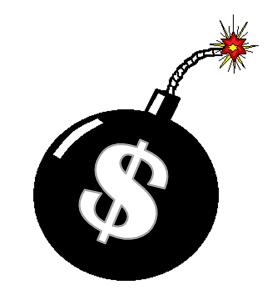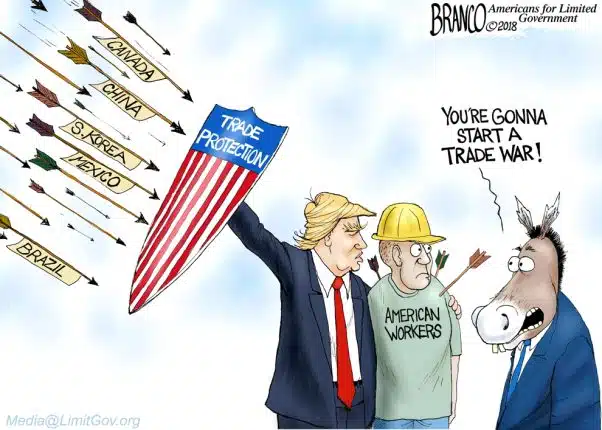The Producer Price Index and Consumer Price Index have both recovered dramatically in the month of July, each growing 0.6 percent amid increased demand for oil and gasoline, according to the Bureau of Labor Statistics (BLS).
About one-third of the producer price jump and one-quarter of the consumer price increase, BLS says, comes from increased gasoline consumption and higher fuel prices as millions of Americans get back to work and are hitting the roads. In the past three months alone, more than 10 million jobs have been restored in the BLS household survey as states are slowly reopening.
Oil, which dropped below zero in April, has now safely recovered to over $41 a barrel and crude oil inventories are finally slowly clearing out after reaching record highs earlier this year.
All of which bodes extremely well for the third quarter that began in July. Deflation is averted—for now.
After the second quarter set a record on the downside as the Gross Domestic Product contracted 32.9 percent, the rebound both in producer prices and in consumer prices, which also grew 0.6 percent in June, coupled with the jobs gains, promises that the third quarter will set a record on the upside.
Further fueling the economic recovery, the U.S. dollar relative to foreign trade partner currencies has finally corrected off of record highs after financial institutions and central banks had flooded into U.S. treasuries and dollar-denominated assets amid the flight to safety this spring and early summer. With the dollar weakening slightly, that is putting upward pressure on prices.
While interest rates including for treasuries remain low, the rate of new treasuries creation has slowed the pace of purchases, only growing 0.01 percent in July after skyrocketing 2.8 percent in June and 3.1 percent in May, according to U.S. Treasury data, as the national debt stabilizes — for now — around the $26.5 trillion level.
The driving factor of course for the economic turnaround are the number of cases of the China-originated COVID-19 pandemic stabilizing after a temporary spike last month as states were reopening.
As the worst of the virus is past us after the surge of cases in the spring, and states slowly reopen, Americans are regaining confidence in the economy and resuming work and purchases.
Politically, that undoubtedly should be good news for President Donald Trump, who during the worst of the virus in the spring confidently predicted a rapid recovery. He was right.
But it’s a delicate situation, looking forward into the fall when the cold and flu season returns. At that point, the Institute for Health Metrics and Evaluation projects daily new cases will begin rising again in October and continue rising into the winter months.
If an effective vaccine or a cure are not available by then, one might anticipate, especially if states cannot find a way to safely reopen, they will most certainly begin closing up shop again especially after the election.
That in turn will renew the contraction in labor markets and the reactive, countercyclical Congressional spending cycle to shore up small and large businesses, extend unemployment ever further and send more checks to the American people.
A lot depends, especially as the autumn wears on, on whether schools and state economies can return to some semblance of normalcy, or if we’re in for another several months behind closed doors.
For now, though, the data on both prices and job creation rebounding strongly shows that a classic, V-shaped economic recovery is fully underway. The only thing that might stop it now is the virus. Stay tuned.
Robert Romano is the Vice President of Public Policy at Americans for Limited Government.







